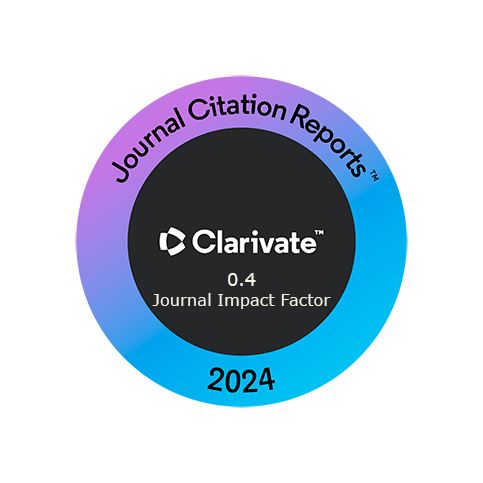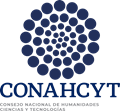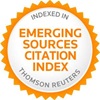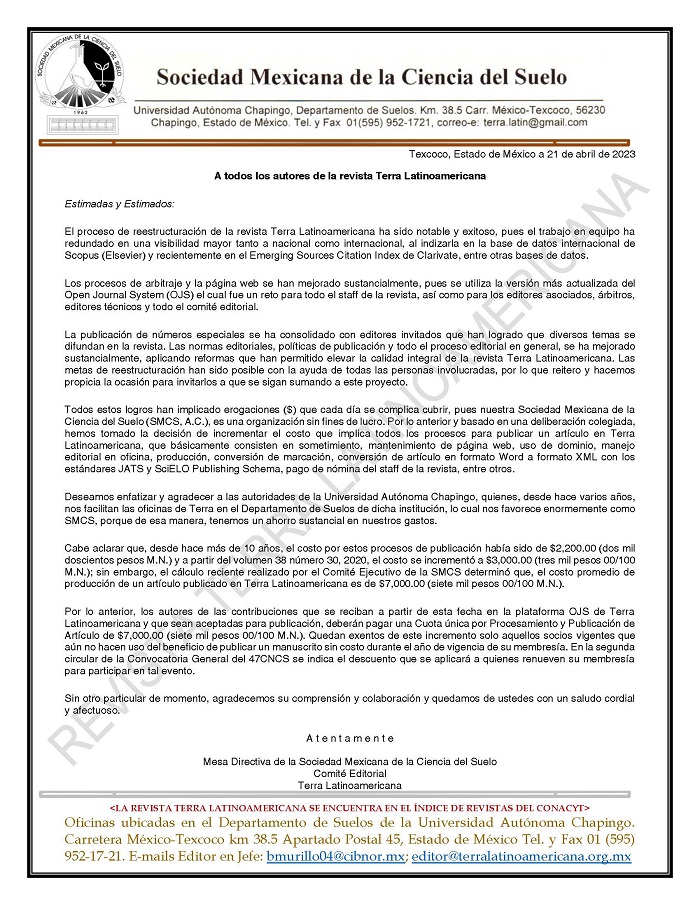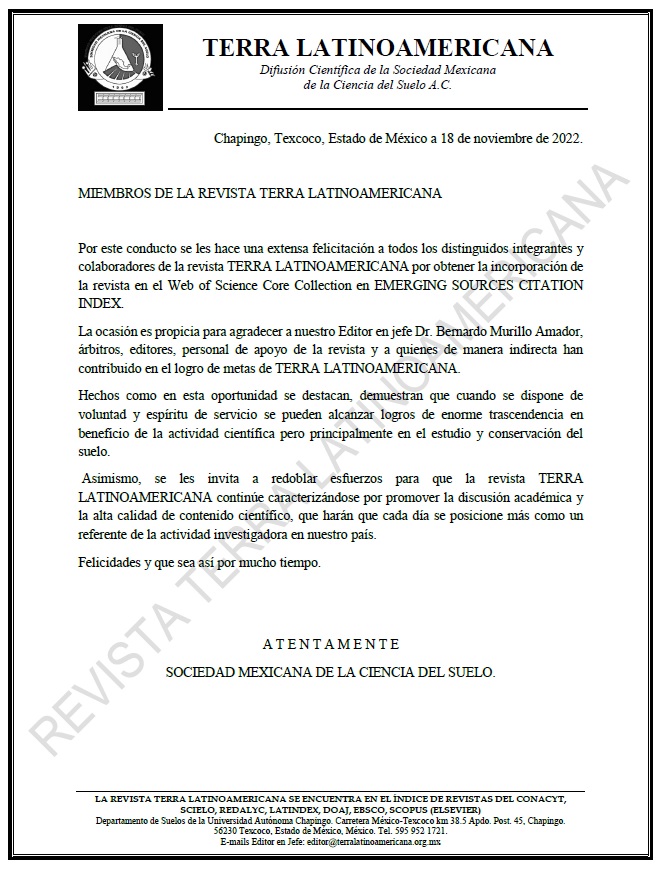Effect of humic acids, mycorrhiza, and chitosan on growth indicators of two tomato cultivars (Solanum lycopersicum L.)
DOI:
https://doi.org/10.28940/terra.v38i3.671Keywords:
bioproduct, vegetable, nutrient, Solanum licopersicumAbstract
Biostimulants are an alternative to the use of agrochemicals in agriculture. Thus the objective of this study was to evaluate the effect of humic acids (HA), arbuscular mycorrhizal fungi (AMF) and chitosan (QS), on growth of two tomato cultivars (Solanum licopersicum L.). An experiment was established in semi-controlled conditions with eight treatments, resulting from the combination of HA, AMF and QS with the Floradade and Pomodoro cultivars and two water-treated controls. The assessed indicators were plant root and stem length, stem, leaf, and root fresh and dry biomass, plant biomass and leaf content of nitrogen, phosphorus, potassium calcium, and magnesium. The results of the three biostimulants used for both cultivars showed that AMF achieved the greatest increase in stem diameter and length, in addition to root length with signif icant differences, over 50% higher than the control groups in plant, stem, leaf, and root biomass accumulation. The rest of the treatments also surpassed the control groups. Additionally, an increase in leaf nutrient content was observed with the exception of phosphorus. The application of biostimulants showed a signif icantly strong and positive linear relationship in most of the indicators evaluated (root and stem length, stem diameter, fresh and dry root, stem, and leaf biomass, with the exception of phosphorus content. The results showed that biostimulants improved nutrient intake by plants and leaf phosphorus content was not an adequate indicator to correlate plant growth.
Downloads
Publication Facts
Reviewer profiles N/A
Author statements
- Academic society
- Terra Latinoamericana
- Publisher
- Mexican Society of Soil Science, C.A.



